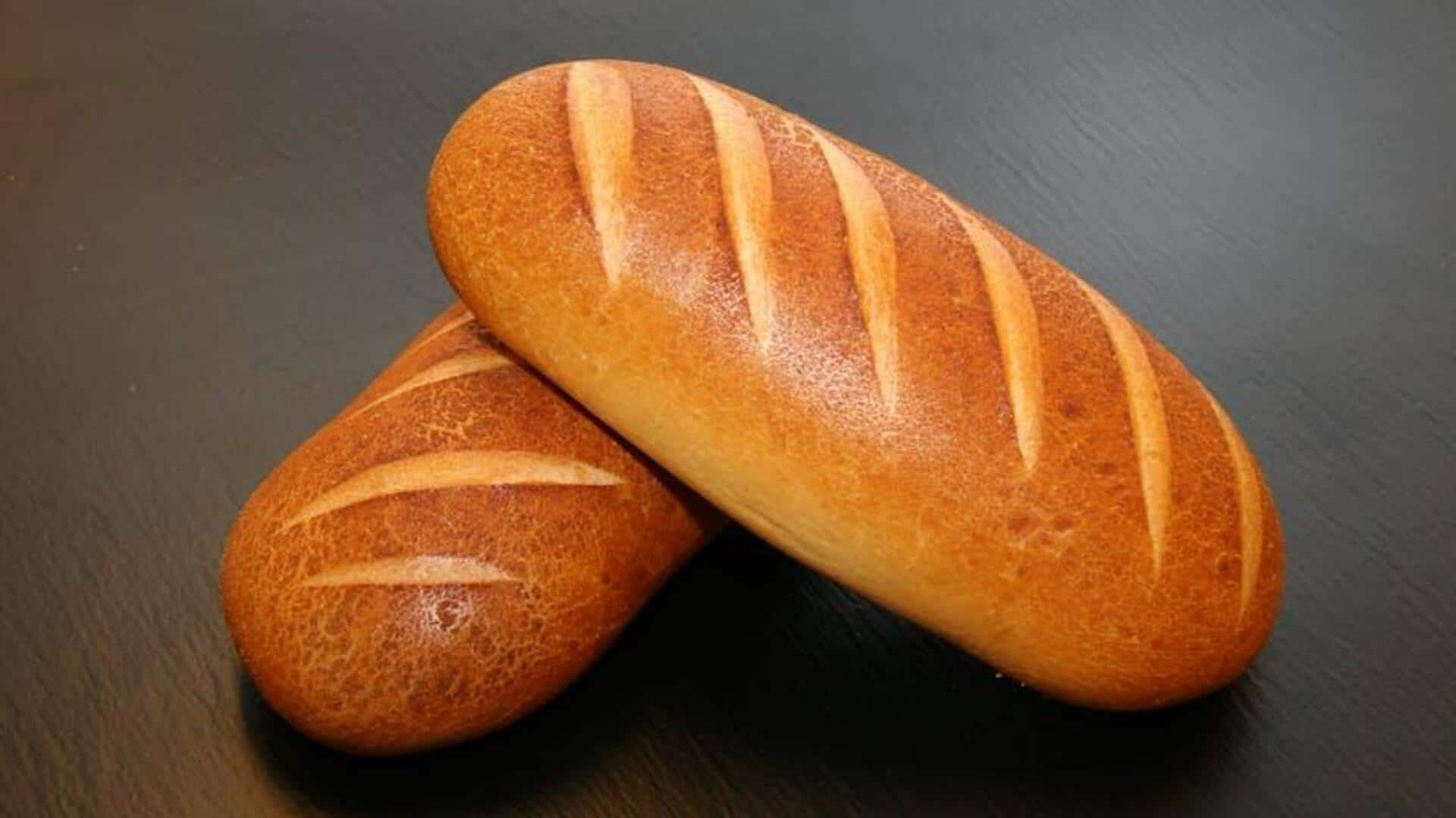
The fascinating history of bread
What's the story
Bread has been a staple in human diets for thousands of years, transitioning from simple flatbreads to today's diverse loaves. Its history is closely linked with agriculture and the birth of civilization. Early humans learned that grinding grains into flour and mixing it with water formed a dough. The dough could then be cooked over fire. This primitive bread paved the way for more complex types as societies progressed.
Early days
Ancient flatbreads: The beginning
Flatbreads are one of the oldest forms of bread, dating back to over 10,000 years. These were made by mixing ground grains with water and cooking them on hot stones or ashes. Cultures worldwide developed their own versions, like tortillas in Mesoamerica and naan in South Asia. These breads were easy to make and required minimal ingredients, making them accessible to early civilizations.
Rise up
Leavening: A game changer
The discovery of leavening agents revolutionized bread-making about 4,000 years ago. Yeast was probably discovered by accident when dough left out began fermenting naturally. The process allowed bread to rise, forming a lighter texture than dense flatbreads. Ancient Egyptians are believed to have perfected this technique, resulting in the development of more diverse types of bread.
Mass production
Industrial Revolution: Bread for masses
The Industrial Revolution, a defining period of the 19th century, revolutionized bread-making. Mechanized milling processes improved the quality of flour, whereas steam-powered ovens greatly boosted production capabilities. One of the most remarkable innovations of this era was the advent of sliced bread in 1928 by Otto Frederick Rohwedder in America, which transformed convenience for consumers by providing ready-sliced loaves.
New horizons
Modern innovations: Diverse varieties
Today's bread market has plenty of options for every taste bud and dietary requirement. Whole grain options have become a staple, as they are considered healthier due to the fiber intake, while gluten-free options are available for those mindful of dietary restrictions, such as celiac disease or gluten intolerance. Artisan bakeries emphasize traditional methods with natural ingredients and without preservatives or additives.